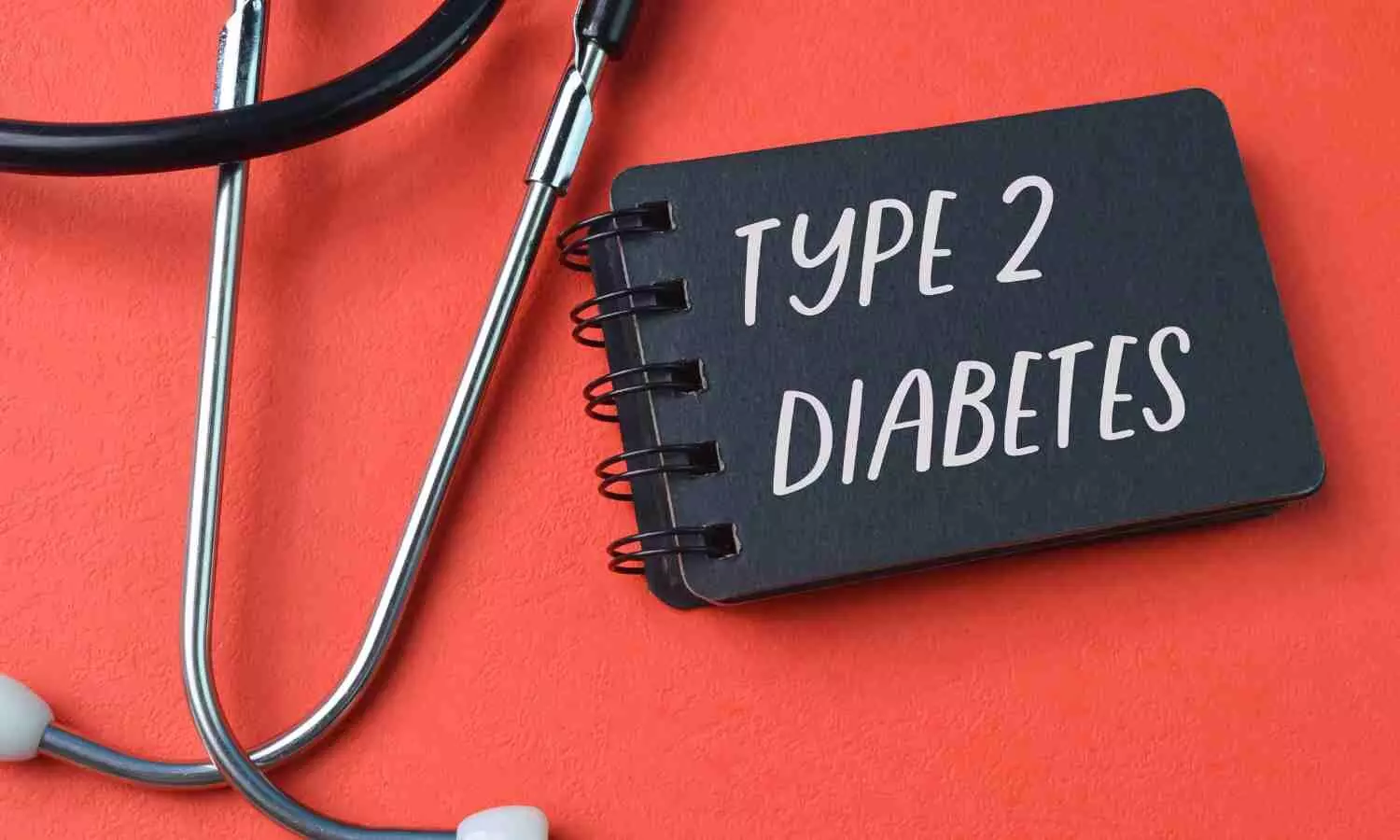India: The Lipid Association of India (LAI) has released updated heart disease guidelines for Indian patients. The guideline was published online in the Journal of Clinical Lipidology on February 8, 2024.
In 2016, the LAI developed a cardiovascular risk assessment algorithm and defined low-density lipoprotein cholesterol (LDL-C) goals for preventing atherosclerotic cardiovascular disease (ASCVD) in Indians. The recent refinements in the role of several risk factors and subclinical atherosclerosis in predicting ASCVD risk necessitated updating the risk algorithm and treatment goals.
“Indians have a high prevalence of coronary artery disease associated with high mortality and morbidity as compared to the Western population despite basal LDL-C of approximately 10mg lower than the Western population.”
“This recently updated expert recommendation includes NAFLD, Metabolic syndrome in the high-risk atherosclerotic cardiovascular disease (ASCVD) group, air pollution, and fasting Triglyceride> 150mg as risk modifiers and ASCVD risk groups based on blood LDL-C and Non-HDL-C levels.”
For developing the guideline, the LAI core committee held twenty-one meetings and webinars from 2022 to 2023 with experts across India. They critically reviewed the latest evidence regarding the ASCVD risk prediction strategies and the benefits and modalities for intensive lipid lowering. Consensus Statement IV was commissioned based on the expert consensus and extensive review of published data.
Under the new guidelines, patients have been categorized into different risk groups.
The guidelines suggest that individuals with metabolic syndrome and non-alcoholic fatty liver disease (NAFLD) should aim for LDL cholesterol levels below 70mg/dL.
A new category called ‘Extreme Risk Group Category C’ has been introduced for a small number of patients who continue to experience chest pain despite all available treatments. For individuals in this category, LDL cholesterol levels should ideally range between 10-15 mg/dL.
LAI has been recommending regular lipid profile screenings from the age of 20 and the age of two for those with a family history of high cholesterol or premature coronary heart disease in men under 55 years and women under 65 years.
According to the guidelines, lipid profile screenings should commence at the age of two, or as early as possible if not feasible, in cases of adopted children or families with elevated lipoprotein (a).
The new guidelines also recommend including lipoprotein (a) assessment in lipid profile tests for initial screening, as it is highly prevalent among 25 per cent of Indians.
In the guideline particular emphasis (of the guideline) is on the importance of looking at subclinical atherosclerosis to reduce cardiovascular events. Management strategies to treat those few patients (Extreme risk group C) who continue to suffer CV events despite all possible measures, even at an achieved LDL-C level of 30mg/dl.
“These recommendations are ideal for managing dyslipidemia in the Indian population,” he said.
The document further states, “The young age of onset and more aggressive nature of ASCVD in Indians necessitates emphasis on lifetime ASCVD risk instead of the conventional 10-year risk. It also demands the early institution of aggressive preventive measures to protect the young population before the development of ASCVD events.”
“The low cost and wide availability of statins in India enable the implementation of effective LDL-C lowering therapy in individuals at high risk of ASCVD. Subjects with evidence of subclinical atherosclerosis are likely to benefit the most from early aggressive interventions.”
“This document presents the updated risk stratification and treatment algorithm and describes the rationale for each modification. The purpose of these updated recommendations is to modernize dyslipidemia management in Indian patients to reduce the epidemic of atherosclerotic cardiovascular disease among Indians in Asia and worldwide”.
Reference:
Puri, R., Bansal, M., Mehta, V., Duell, P. B., Wong, N. D., Iyengar, S., Kalra, D., Nair, D. R., Nanda, N. C., Narula, J., Deedwania, P., Yusuf, J., Dalal, J. J., Shetty, S., Vijan, V. M., Agarwala, R., Kumar, S., Vijay, K., Khan, A., . . . Mohan, J. (2024). Lipid Association of India 2023 update on cardiovascular risk assessment and lipid management in Indian patients: Consensus statement IV. Journal of Clinical Lipidology. https://doi.org/10.1016/j.jacl.2024.01.006










